Artículo: How to Choose the Perfect Diamond for an Engagement Ring: The Most Complete Luxury Guide
How to Choose the Perfect Diamond for an Engagement Ring: The Most Complete Luxury Guide
How to Choose the Perfect Diamond for an Engagement Ring: The Most Complete Luxury Guide

Choosing a diamond engagement ring is not just a purchase — it’s an emotion, a promise, and a lifetime memory wrapped into a small, sparkling stone. But most people feel overwhelmed when they first step into the world of diamonds — so many terms, so many grades, so many choices.
This guide is crafted to help you understand diamonds like a jeweler — with clarity, confidence, and beauty. If you read this fully, you will know exactly how to select the perfect diamond — even if you have never purchased jewelry before.
Quick Summary (TL;DR)
- Cut affects sparkle the most — choose Excellent.
- F–H Color gives the best “white diamond” effect without overpaying.
- VS1–VS2 Clarity = eye-clean and smart value.
- A well-cut 0.90 ct diamond often looks bigger than a poorly cut 1 ct.
- Always buy certified stones — GIA or IGI only.
Table of Contents
- 1. What Makes a Diamond Truly “Perfect”?
- 2. Deep-Dive into the 4Cs
- 3. Diamond Shapes: Which One Is Best?
- 4. Carat Weight: How Big Should You Go?
- 5. Natural vs Lab-Grown Diamonds (Honest Truth)
- 6. Certification: The Only Trust Factor that Matters
- 7. Diamond Fluorescence — Is It Good or Bad?
- 8. Diamond Shapes vs Face-Up Size Chart
- 9. Engagement Ring Styles & Metal Types
- 10. Real Case Studies (From Our Clients)
- 11. Common Mistakes Buyers Make
- 12. FAQs (Most Asked Questions)
1. What Makes a Diamond Truly “Perfect”?
A perfect diamond is not flawless — it’s the diamond that looks the most beautiful to the human eye, performs brilliantly under light, and matches your partner’s personality.
Key qualities of a perfect diamond:
- Brightness — white light returning from the diamond
- Fire — rainbow colors visible in movement
- Scintillation — sparkle when the ring moves
- Symmetry & proportions — perfect alignment of facets
- Eye-clean clarity — no visible inclusions
- Well-balanced color — white without paying too much
A diamond is perfect when it makes your heart stop for a second — that’s the real test.
2. The 4Cs of Diamonds — Deep Expert Breakdown
Cut (Most Important)
Cut determines how beautifully your diamond sparkles. Even a large diamond will look lifeless if cut is poor.
Always choose: Excellent Cut, Excellent Symmetry, Excellent Polish.
Color
Diamonds range from D (colorless) to Z (yellow). The best value range is:
- F–G — premium & bright white
- H — near-colorless with excellent value
Clarity
Clarity measures inclusions. What really matters is whether it's visible without magnification.
- VS1 — almost always flawless to the eye
- VS2 — eye-clean and smart-priced
- SI1 — can look flawless if chosen carefully
Carat
Carat is weight, not size. A well-cut 0.90 ct often looks as big as a poorly-cut 1.00 ct.
3. Diamond Shapes: Which One Is Best?
Round Brilliant
The king of sparkle — unbeatable brilliance.
Oval
Appears bigger than actual carat weight, elegant, modern.
Princess
Sharp lines, contemporary look.
Emerald
Step-cut, glassy clarity, old-world luxury.
Cushion
Soft corners, romantic feel.
4. Carat Weight: How Big Should You Go?
| Finger Size | Ideal Carat | Looks Like |
|---|---|---|
| 5–6 | 0.50–1.00 ct | Bright & noticeable |
| 6–7 | 1.00–1.40 ct | Perfectly balanced |
| 7–8 | 1.50–2.00 ct | Bold & premium |
5. Natural vs Lab-Grown Diamonds — Honest Truth
Natural Diamonds
- Formed over billions of years
- Higher long-term value
- More emotional significance
Lab-Grown Diamonds
- Same chemical structure as natural
- 40–70% cheaper
- Eco-friendly
Explore both options:
Natural Diamonds
Lab-Grown Diamonds
6. Certification — The Real Trust Factor
Always buy certified diamonds. Acceptable labs:
- GIA (Gold Standard)
- IGI (Very reliable for lab-grown)
- AGS (Excellent cut grading)
7. Diamond Fluorescence — Is It Good or Bad?
Fluorescence is a natural glow under UV light. It can sometimes make lower-color diamonds (I–J) look whiter.
Avoid: Strong Blue if buying very high color grades (D–F).
8. Diamond Shapes vs Face-Up Size
Some shapes appear larger per carat. Largest face-up:
- Oval
- Pear
- Marquise
- Cushion
- Asscher
9. Engagement Ring Settings & Metal Types
Popular Ring Settings
- Solitaire — timeless and elegant
- Halo — makes the center stone look larger
- Three-Stone — past, present, future
- Vintage — filigree, milgrain details
Metal Options
- 18K Yellow Gold — warm, classic look
- 18K White Gold — bright & modern
- Rose Gold — romantic & trendy
- Platinum — premium durability
See live designs here:
Engagement Ring Collection
10. Real Customer Stories
Case 1: The Budget-Savvy Buyer
A customer wanted a 1.00 ct diamond but had a budget limit. We guided them to a stunning 0.90 ct F VS2 Excellent that outperformed the 1 ct stones they first saw. Result: Saved ₹48,000 and got a brighter diamond.
Case 2: The Shape Confusion
One client loved the idea of a large diamond but couldn’t decide the shape. We compared Round vs Oval side-by-side. They chose Oval — which gave a visibly bigger look at a smaller price.
11. Common Mistakes Buyers Make
- Focusing too much on carat instead of cut
- Ignoring fluorescence entirely
- Thinking VS1 = visibly better than VS2 (not always true)
- Buying uncertified stones to save money
- Not checking return/exchange policy
12. FAQs
Which diamond shape sparkles the most?
Round Brilliant has the highest sparkle due to ideal facet arrangement.
Is VS2 clarity good for a diamond ring?
Yes — most VS2 diamonds are completely eye-clean.
How much should I spend?
Anywhere between ₹30,000 to ₹2,00,000+ depending on quality.
Are lab-grown diamonds real diamonds?
Yes — same chemical, optical, and physical structure.
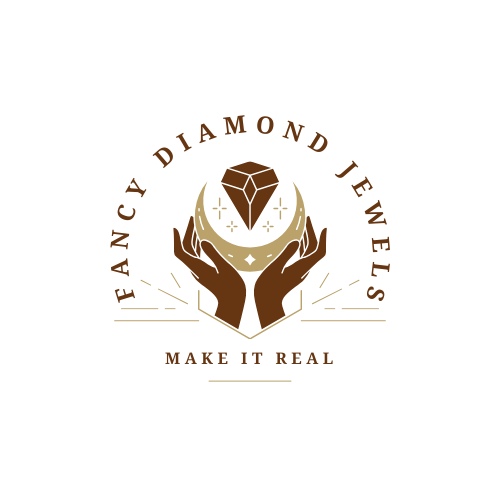


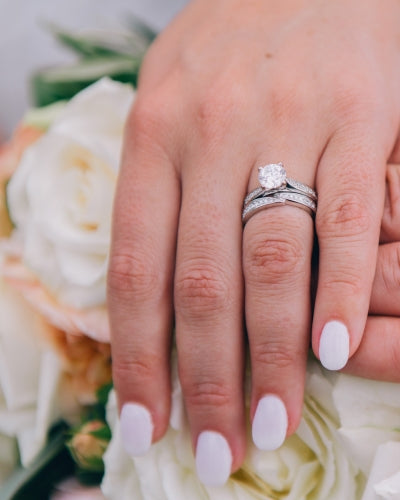
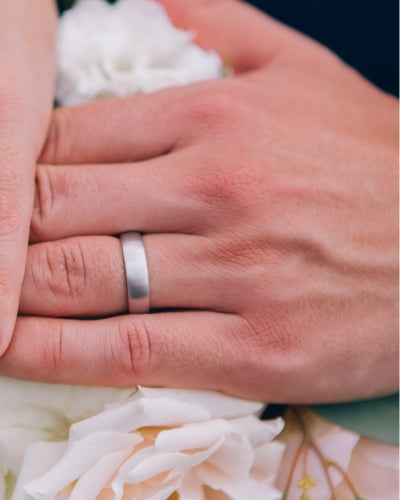
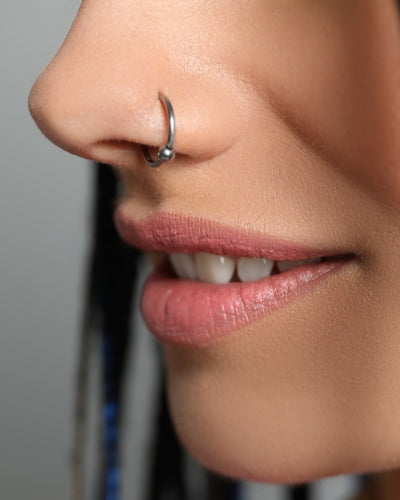

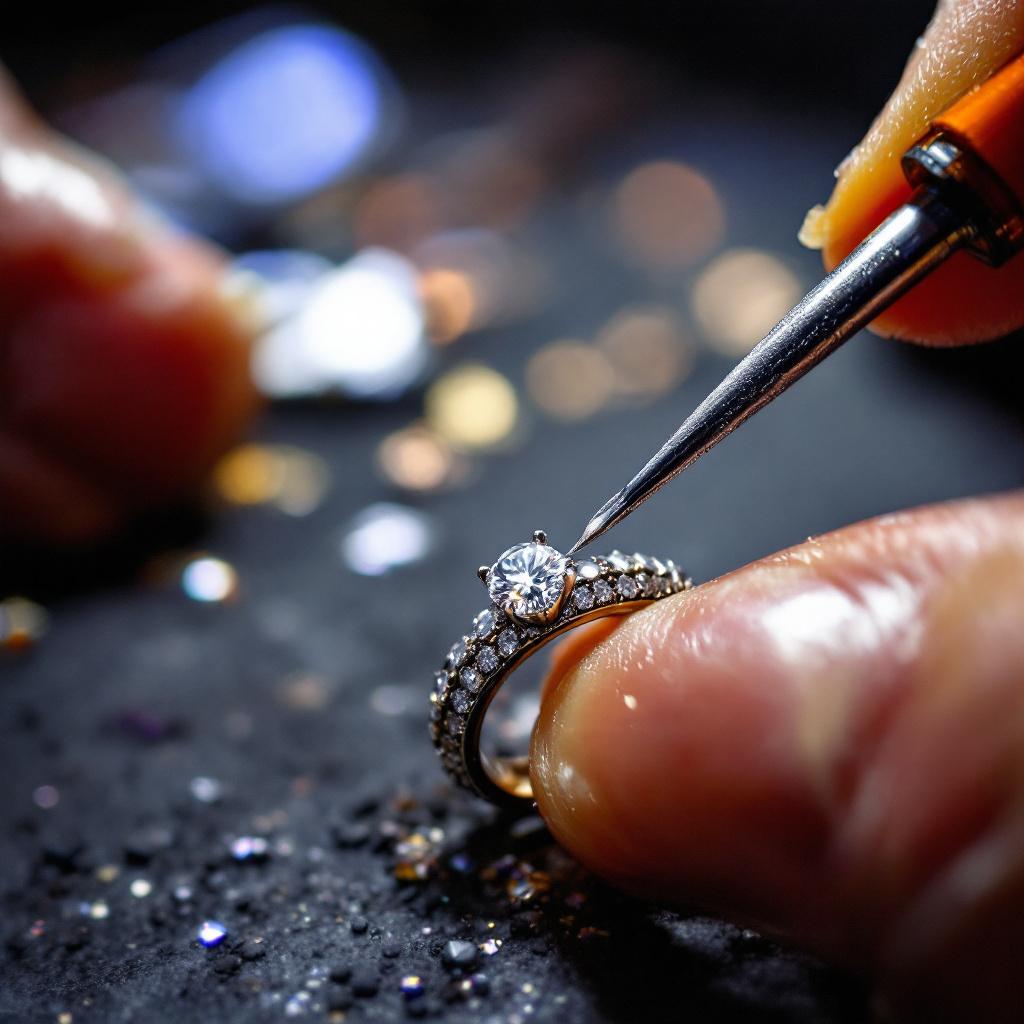
Dejar un comentario
Este sitio está protegido por hCaptcha y se aplican la Política de privacidad de hCaptcha y los Términos del servicio.